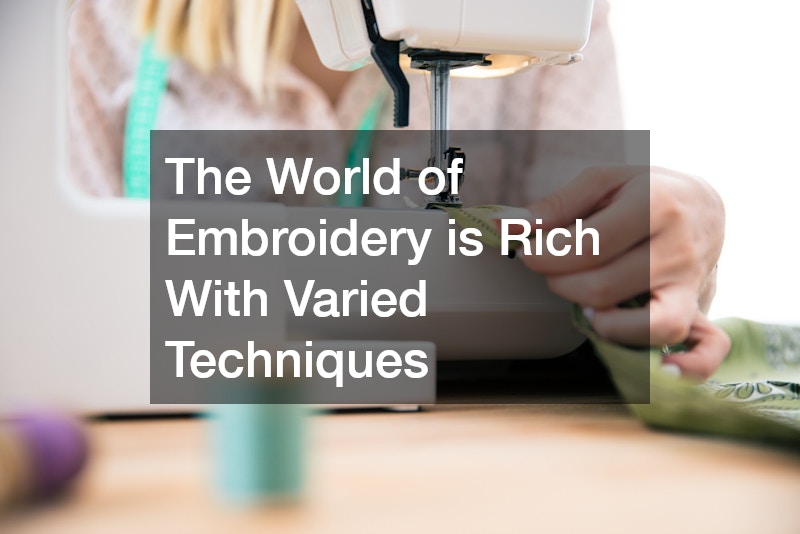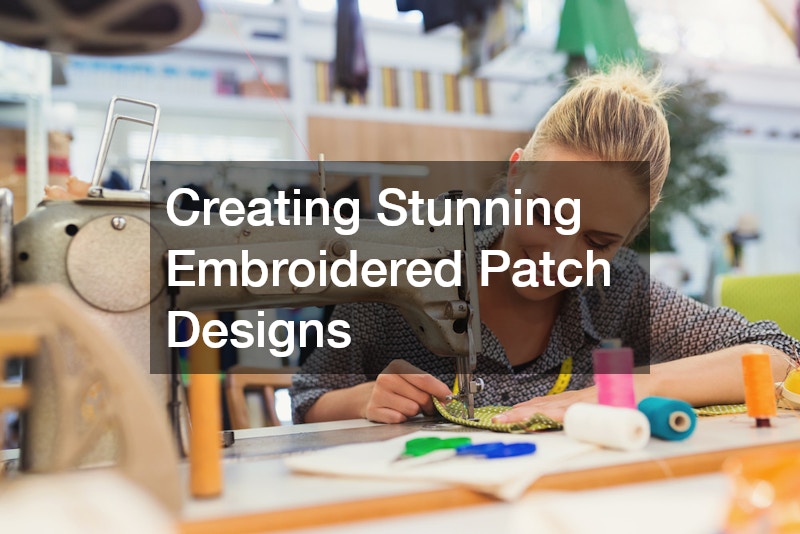
Embroidered patches have been an essential part of culture and apparel for decades, often signifying membership, values, and identity. With their roots tracing back to ancient China and the military uniforms of the early 19th century, patches have seen a resurgence in the fashion world. They now play a dual role in reflecting personal expression and aligning with contemporary trends. The combination of tradition with modern aesthetic values has pushed these patches into the forefront, making them a staple in personal and commercial fashion.
1. How to Get Started with Embroidered Patch Design?
Starting with embroidered patch design requires a blend of creativity, patience, and practical knowledge. Begin by gathering inspiration from existing designs, fashion trends, and personal interests to form an initial concept.
Sketching your ideas on paper can help visualize the design before moving onto digital platforms, where design software can refine and enhance your ideas. It’s crucial to consider the purpose of the patch, whether it’s for branding, personal use, or a special event, as this will guide your design decisions. Researching the history and symbolism behind certain designs can add layers of meaning to your work.
Once you’ve honed your concept, the next step involves selecting the right materials. Quality fabric and threads are vital as they affect the final texture and longevity of the patch. Wool, polyester, and cotton threads each offer unique textures and color effects, impacting the overall appearance. The backing material, whether adhesive, Velcro, or sew-on, should align with the intended application of the patch. Exploring traditional and new fabric technologies can provide insights into durability and aesthetic appeal.
2. What are the Best Techniques for Embroidery?
The world of embroidery is rich with varied techniques that bring distinctive styles and textures to patches. Satin stitch, characterized by its smooth, shiny appearance, is frequently used for filling large areas and outlining designs. In contrast, the running stitch offers a dashed, understated look best suited for borders and outlines. French knots add three-dimensional flair to any patch, making elements pop with their raised structure. Exploring the numerous stitch styles in embroidery books and online resources can provide a comprehensive overview of potential techniques.
Certain methods, such as applique, enhancing the patch creator by layering fabrics, creating depth and contrast. This approach is especially beneficial when incorporating complex images or logos, offering a clear distinction between foreground and background elements. Hand embroidery provides artistic freedom, allowing for personal touches and custom designs that convey a tactile, human element. Conversely, machine embroidery is lauded for its efficiency and consistency, suitable for mass production or detailed, intricate designs. The choice between hand and machine should consider the project’s scale, intended detail, and available resources.
3. How to Design Embroidered Patches that Stand Out?
Creating standout embroidered patches begins with a compelling, unique design. Start by carefully selecting the theme and elements that reflect the intended message or identity. Consider color theory principles when choosing thread palettes, as contrasting colors can create striking visuals, while analogous colors convey harmony. Incorporate textures through varied stitch techniques to add depth to the patch. Balance as well as proportion in design will ensure the patch is visually appealing and coherent.
The design phase should also embrace both simplicity and complexity for different effects. Simple patches with a minimalist approach can make a bold, uncluttered statement, while intricate designs can captivate and intrigue with their detail. Proper use of negative space within the design contributes to aesthetic appeal by preventing overcrowding and allowing the main elements to breathe. Pay attention to the intended size of the patch, ensuring details are clear and legible at both close inspection and from a distance. Experimenting with mock-ups and prototypes is a useful way to visualize the final product.

Finally, staying informed about current fashion trends can inspire new ideas and innovations in patch design. Following industry leaders and influencers, attending fashion shows, and engaging with community networks provide valuable insights into what’s trending. Incorporating these elements into your designs ensures relevance in a competitive market. Yet, while trends can guide, infusing personal creativity and style is paramount to producing patches that resonate and endure. Creative expression through embroidery offers limitless possibilities, where each piece tells its own unique story.
Embroidered patch design is a dynamic craft that combines historical roots with modern influences, offering immense opportunities for personal expression and commercial success. Approaching this art form means embracing both traditional techniques and innovative concepts, drawing from a rich tapestry of styles and practices. Continuous skill development and a willingness to push creative boundaries are necessary for creating distinctive patches. As enthusiasts explore the vast possibilities within embroidery, they contribute to the vibrant evolution of the fashion industry. For those eager to leave their mark, engaging with this craft is an invitation to participate in an enduring, collective narrative of art and fashion.


